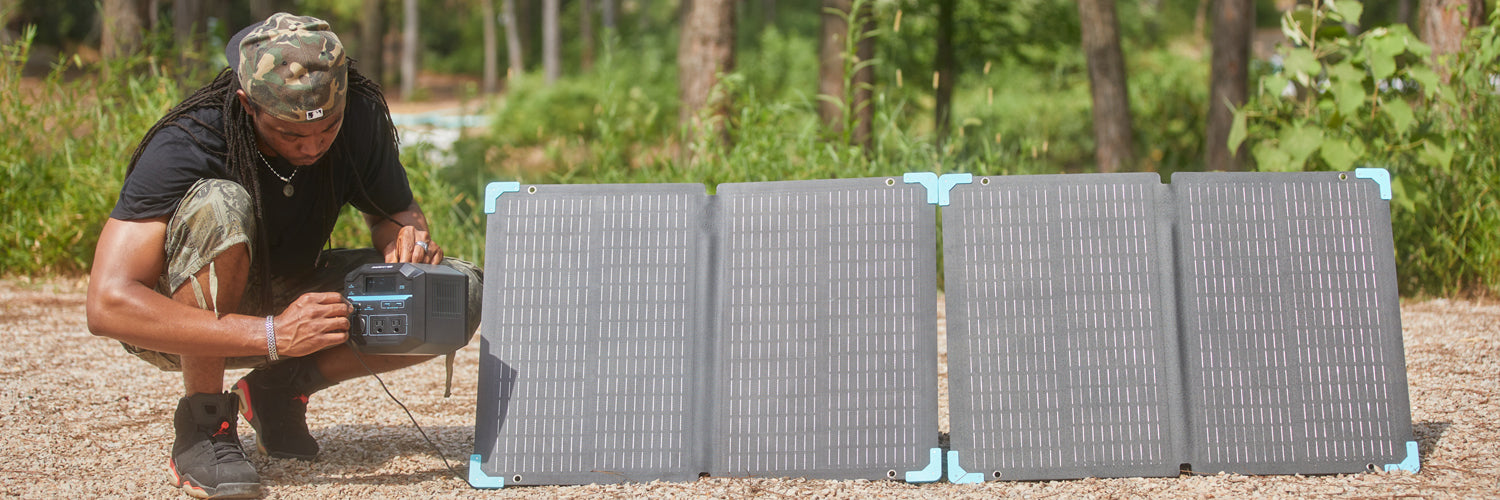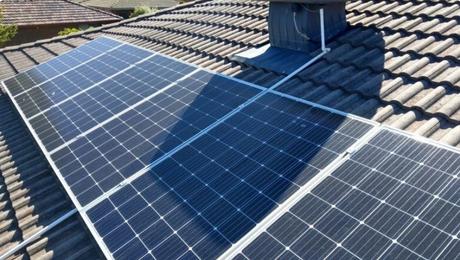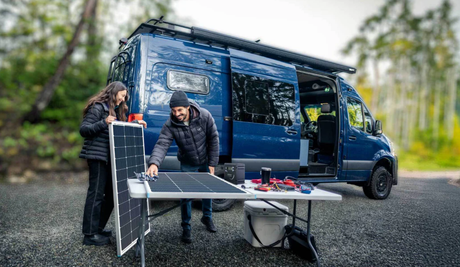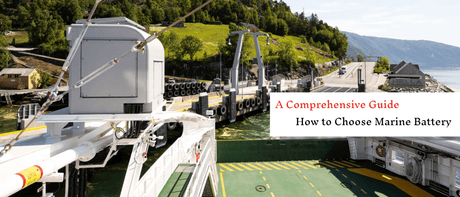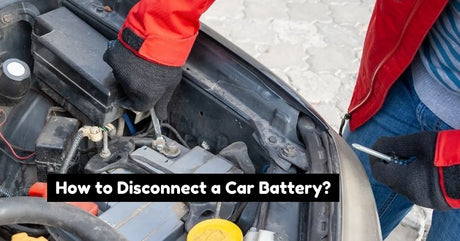Most of us are familiar with what solar panels look like, but they are only one piece of this renewable energy puzzle. A key component of any solar panel system is its solar panel racking, even if you can’t see it easily after installation. A proper solar energy system will need everything from batteries to store additional energy to solar panel mounts for attaching hardware to your roof.
While it might not get as much attention as solar panels or batteries, solar panel racking is worth knowing about, including its components and the different types of solar panel mount
What Is Solar Racking?
Simply put, solar racking is what solar companies use for solar panels installation. Solar racking systems allow solar panels to be mounted on rooftops safely and securely. Solar panel mounts are usually constructed from aluminum, which is lightweight but still strong enough to do its job well.
These mounting systems are vital, but they only make up a small portion of the cost of solar installation for your home. The National Renewable Energy Laboratory (NREL) states that a roof mounting system costs around $0.10 per watt (W). That means for a solar module that produces 300W, you can expect to pay $30 for solar panel mounts. When looking at the bigger picture, a reasonable estimate to keep in mind is that racking solutions should equate to about 3% of the system’s total cost.
Solar Racking Components
Solar panel kits come with all the major energy components you need, but they don’t include solar panel racking or solar panel mounts. To securely attach solar PV systems to a roof or the ground, you’ll need the following components.
Flashings
Most flashings look like small, flat, metal rectangles. Their purpose is to prevent roof leaks by covering any drill holes solar installers make to attach the solar panels. In other words, flashing ensures the work done on your roof doesn’t cause water damage or pest infestations since the metal flashings act as barriers.
If your roof utilizes asphalt shingles, the flashings get placed under the shingles. There are flashings specially designed to reliably attach to each material type for roofs made from metal, tile, rubber, or wood.
Mounts
You can think of mounts as the feet of a solar panel racking system. The mounts are installed over a flashing using a sturdy bolt that secures to a rafter. Because the mounts act as the connectors between the solar panels and your house, solar installers will likely need to inspect your attic to determine spacing measurements and ensure your rafters can bear the weight load of the equipment.
Rails
Attached to the mounts are the rails. These aluminum tracks can run vertically or horizontally across your roof and are what the solar panels sit on once installed. They also act as a guide for running wiring behind the solar panels.
Clamps
Because your solar panels can’t just lay on the rails with no support, solar installers use clamps to keep them in place. There are two main clamps一mid-clamps used between panels and larger end-clamps for the beginning and end of each row of solar modules.
Types of Solar Panel Mounts
When it comes to mounting solutions, solar panel racking on a rooftop isn’t the only option, although it is a common one. Installers can also mount solar panels on the ground when possible.
Roof Mounts
Mounts that utilize roofing systems tend to be less expensive than ground mounts because they use your roof as the foundation of your solar panels. By doing this, it saves you in labour costs and racking materials.
Fixed Roof Mounts
Most homes have a pitched roof, meaning it sits at an angle. This roof tilt is ideal for solar panel installation since you want your panels to get maximum exposure to the sun. By installing the solar panels in the right direction and at an angle, you’re guaranteeing your solar energy system will produce as much energy as possible.
Tilt Legs
If your home or business has a flat roof or lacks the ideal tilt angles for your solar panels, you’ll need to invest in tilt legs. Quick Mount PV makes some durable tilt legs that allow you to position your solar panels at the perfect angle.
Ballasted (Zero Penetration) Roof Mounts
Are you feeling uneasy about drilling a bunch of holes into your roof, or maybe you simply don’t have permission to attach solar panels permanently to your leased property? In these cases, you do have the option of using ballasted roof mounts. Instead of mounts and flashings, ballasted roof mounts use concrete blocks and the solar panel system’s weight to keep everything in place.
Because ballasted roof mounts rely solely on weight distribution, they can only work on flat or low-sloped rooftops.
Ground Mounts
You may have driven past ground-mounted solar energy systems before and wondered how they work. In many cases, these are utility-scale solar energy setups, meaning they serve large commercial operations rather than individual homes or businesses. However, if your home can’t manage roof mounting and you own a fair amount of land, ground mounting is always an option to consider.
Fixed Ground Mounts
As the name implies, fixed ground mounts are permanent installations that usually have a fixed tilt, although it is possible to adjust the angle in some cases. Solar installers will need to dig large holes in your property to install fixed ground mounts. They will pour concrete into each hole to hold up the metal frame on which the solar panels will rest. This design works well when you want all your solar panels fitted together in the same spot.
Pole Mounts
When you want to place individual panels in different places or at different heights, consider using pole mounts instead. Pole mounts also allow you to play with the tilt of each panel to adjust for seasonal variations. Also, if you live in an area that receives heavy snow (so pretty much all of Canada!), pole mounts provide more ground clearance for snow build-ups. Plus, pole mounts can prevent snow from accumulating on the panels and blocking the sun when adjusted to the right angle.
Trackers
If you have minimal space or are designing a large-scale commercial setup, you may also want to consider adding trackers to your pole ground mounts. Trackers are a form of IoT monitoring that automatically adjusts your pole mounts to get the most energy absorption from the sun.
While playing around with trackers can be a lot of fun and improve solar panels efficiency, sometimes simply investing in an additional solar panel or two is more cost-effective than hooking up all your other pole mounts with trackers. It’s best to do some research on trackers and your specific setup before diving into them
Solar Panel Racking and Mounting Best Practices
For anyone who has done some DIY around the house in their day, installing your own solar panels may seem like a straightforward job. However, anytime you plan to install thousands of dollars worth of equipment onto your property, it’s best to call in professionals with the right experience.
After doing some research and deciding on which type of solar panel mounts are best for your setup, it’s also a good idea to research the various solar installation companies in your area. Not only can you gather multiple quotes to see which one fits your budget best, but you can also get input and advice from experts who know what they’re doing and won’t damage your roof or property.
Even if you’re thinking of going with ground mounts or aren’t worried about climbing up on your roof, solar panels are expensive pieces of technology that require knowledge well beyond drilling and hammering. If your system doesn’t get hooked up perfectly, it could cause you more trouble down the road or not be as effective as possible.
Hiring solar installers also allows you to have clear and open communication throughout the installation process. Installers may want to verify your roof can handle the system’s weight or help calculate the correct amount of kilowatt-hours your home uses to guarantee you’re getting the best system out there. Who wouldn’t want that assistance with such a long-term investment?
Solar Panel Racking: Another Piece of the Puzzle
Solar panel mounts and racking systems are vital components for any permanent solar energy system. Not only do they secure your system safely to your roof or property, but they also ensure you’ll get the most bang for your buck. Solar installers can help you understand which choices are best for your situation and give you peace of mind knowing your solar panels are secure and working effectively year-round
If mounting solar panels on your roof or the grounds of your property is not an option, there are still ways you can enjoy the benefits of going solar. For example, folding solar panels are easy to use and portable, making them an excellent and convenient way to dive into renewable energy without much upfront commitment.

